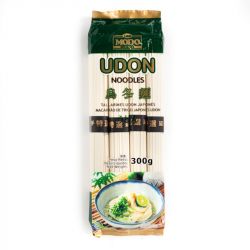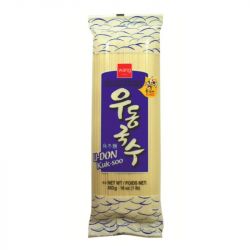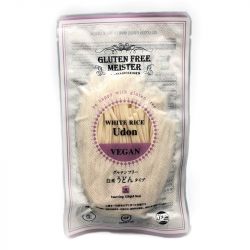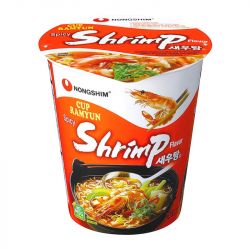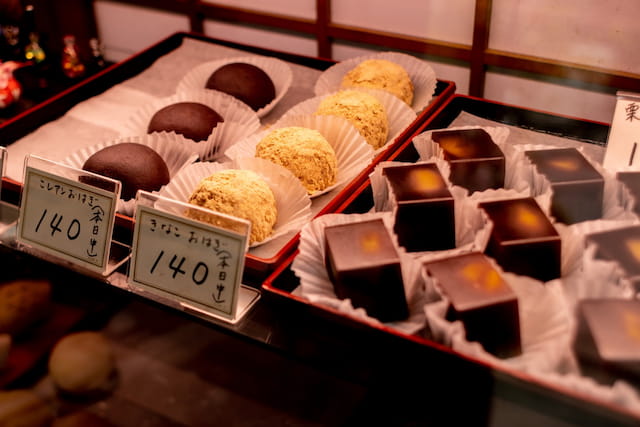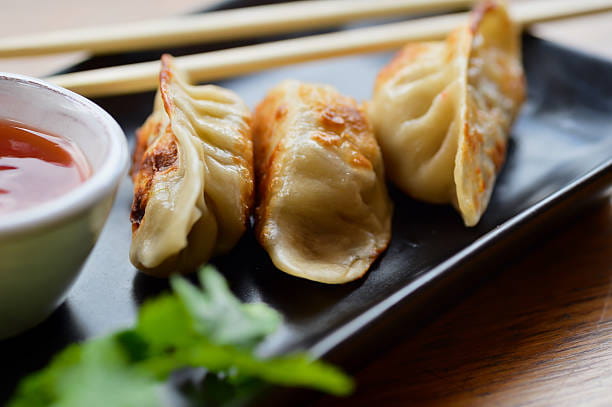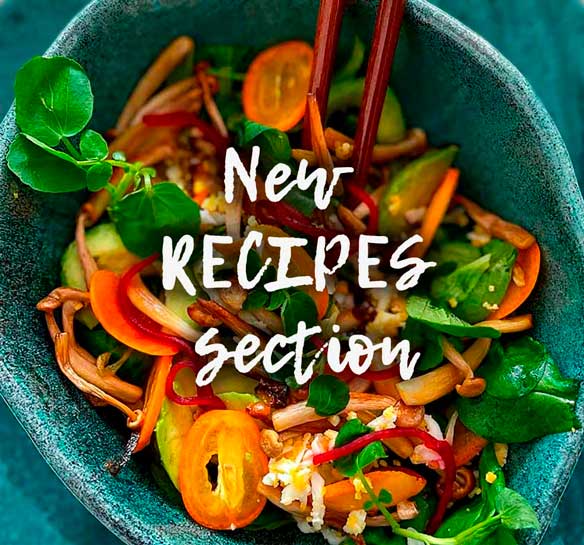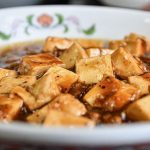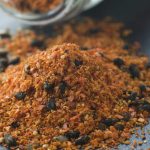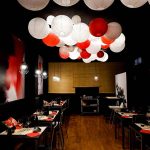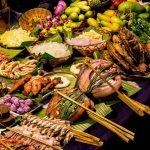Along with their cousins yakisoba and ramen, Udon noodles are one of the most popular dishes in Japan. This dish is so fundamental in Japanese cuisine because of its many possibilities and combinations: they can be prepared cold, hot, with broth, without broth… In addition, their width and thickness give them a distinctive and soft texture that will give your palate a unique experience. In case you are still not very familiar with this dish, we tell you everything you need to know to become an expert of this Japanese gastronomic icon.
What is it?
The main characteristic of these noodles is their thickness. Udon are white, thick and have a somewhat sticky and elastic texture. They are made from salt water and wheat flour, and their manufacturing technique is, to say the least, peculiar. To knead them, you use your feet! But don’t panic, the dough is covered with plastic wrap.
In Japan, there are two main styles of Udon: Kanto, which comes from the Tokyo area, and Kansai, from the Osaka, Kyoto and Kobe areas. Those from the Osaka area differ from those from the capital in texture and colour: they are whiter and softer. However, beyond regional styles, there are also different types of noodles depending on the Udon dish being prepared. For example, Kishimen, which is a type of udon with a flatter shape compared to the original, or Inaniwa, which is much thinner.
Udon are said to be the noodles of a thousand and one recipes, and this is because they are a very versatile item with which you can play and create infinite versions. In its hot version, yakiudon is perhaps the best known dish outside Japan. It is prepared by frying noodles in soy sauce, just like yakisoba, and adding meat and vegetables. In its cold version, it is often used in salads with ingredients such as boiled egg, radish or cucumber. No matter what season of the year it is, there is always an option to enjoy a good Udon dish.
Where to buy them?
You can buy different types of Udon in our online shop or in our shops in Barcelona and Madrid.
Tallarines Udon kuk-soo (WANG) 1,36kg
10,045,02 € (50,00 %)
Noodles instantáneos Undon sabor tempura (NONGSHIM) 62g
2,04 €
Tallarines Udon estilo japonés (MODO) 300g
2,19 €
Tallarines Cup Neoguri (NONG SHIM) 62g
2,15 €
Tallarines Udon" (WANG). 453 g"
3,50 €
Udon Fresco (SK) 4 sobresx200g
2,85 €
Tallarines udon sin gluten (KOBAYASHI) 128g
3,29 €
Tallarines (NONG SHIM).Udon.Sabor gambas 62 g
2,39 €
Origins
There is no real consensus as to when the Udon first came to Japan. Most accounts agree that the noodles originated in the Shinji Kagawa region. In the 1980s they began to gain popularity because the city used them to attract visitors. From then until today, Kawaga has been a place of pilgrimage and culinary tourism.
However, in its early days, Udon was a recipe only eaten by Buddhist monks in temples. It was not until the Edo era (1603-1868) that Udon noodles began to be consumed on a daily basis outside the temples. As with ramen, as a dish that can be eaten quickly, it became an option that people began to turn to when they wanted a quick bite to eat at the counter. It is for this reason that Japan is full of restaurants specialising in Udon and ramen, to the extent that you can find one on almost every street corner.
Recipes
Japanese recipes: How to make Miso Nikomi Udon
Ingredients:
450 cc dashi
2 tablespoons mirin
1 and 1/2 tablespoons red miso
1 tablespoon white miso
100 g udon
50 gr chicken
1 small piece of fried tofu
30 gr shimeji mushroom
30 g chives
1 egg
Noodles (Udon) with Teriyaki Sauce
Ingredients:
½ packet of Udon noodles, cooked and drained
¼ onion, thinly sliced
2 medium carrots, shredded julienned
2 cups cabbage, sliced thinly
1 cup Teriyaki sauce
1 tablespoon oil
½ teaspoon chilli flakes (or to taste)
1 cup bean sprouts (bean sprouts)
Salt and pepper for seasoning
Toasted sesame seeds to serve
Diced grilled chicken, shrimp or browned tofu cubes.




